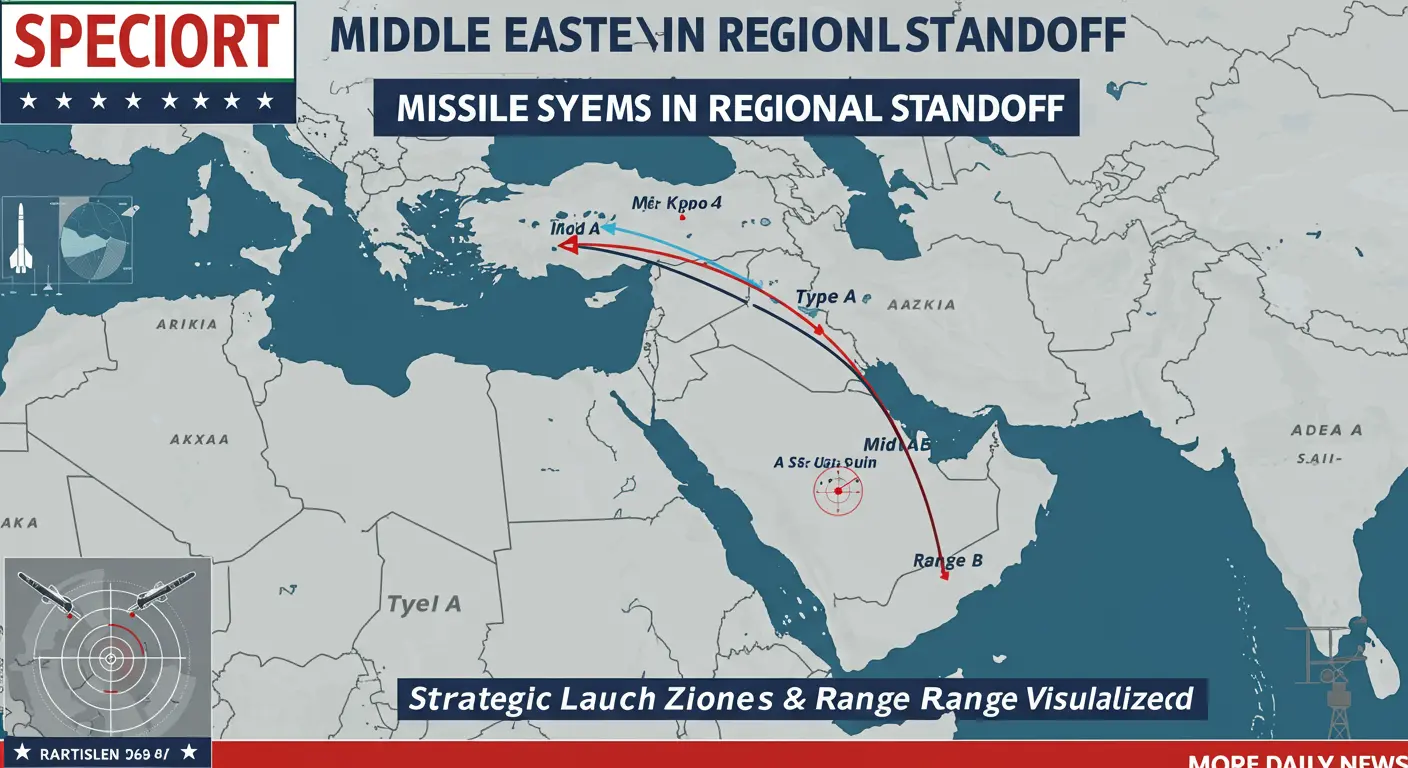Table of Contents
Understanding the Ballistic Missile Attacks
Iran’s Islamic Revolutionary Guards Corps (IRGC) launched waves of ballistic missiles targeting civilian and military infrastructure in central and southern Israel, including near Tel Aviv, Haifa, and the Golan Heights.
Multiple Israeli defense systems, including Iron Dome and US-supported interceptors, shot down the majority—though some penetrated and caused structural damage, notably at the Weizmann Institute in Rehovot and Soroka Hospital in Beersheba.
In earlier 2024 exchanges, Iran’s October barrage fired roughly 200 ballistic missiles aimed largely at Nevatim and Tel Nof airbases, shedding light on the scale and intent behind these airstrike retaliation tactics.
Human & Economic Toll
In Iran, Israeli airstrikes have killed an estimated 639 people and injured over 1,300, striking nuclear sites, missile facilities, and energy infrastructure like Tehran’s oil depot.
In Israel, Iranian missile strikes have killed at least 24 civilians and injured over 240, damaging hospitals, research labs, residential towers, and critical civilian infrastructure.
These confrontations have disrupted oil prices, raised global concerns over energy supply via the Persian Gulf, and sparked regional market volatility.
Financial markets reacted to the conflict, with oil futures spiking and defense stocks gaining—further fueled by fears of nuclear escalation and nuclear threats.
Regional Escalation & Diplomatic Mediation
The Israel–Iran conflict now spans across Syria and the Gaza war impact, involving Hezbollah and air corridors through Damascus and the Golan Heights. Iran’s Supreme Leader Khamenei has vowed retaliatory escalation.
The International Atomic Energy Agency (IAEA) has warned against targeting nuclear facilities due to potential radioactive consequences, urging restraint amid mounting threats.
Efforts at diplomatic mediation continue: Europe is pushing for Geneva talks, while Iran’s foreign minister reiterated no negotiations until the airstrikes cease.
Meanwhile, U.S. President Trump is weighing further involvement, including possible deployment of bunker-buster munitions that might strike deeply buried facilities like Fordow.
Conclusion & Future Outlook

The Israel–Iran Conflict has entered a perilous phase. Ballistic missile exchanges reflect regional escalation, with high civilian tolls and rising oil prices. Despite international pressure—including calls by UN resolutions and the IAEA for restraint—both sides show little sign of de-escalation.
Future developments may include deeper Israeli targeting of Iran’s nuclear and missile infrastructure, increased risk of U.S. involvement, and shifting energy dynamics. Diplomatic efforts in Geneva and among European Union mediators may offer a path to prevent an all-out war.
Frequently Asked Questions
A: They began after Israeli airstrikes on Iran’s nuclear and missile facilities—including Natanz, Fordow, and Arak—prompting Iran to launch over 150 ballistic missiles in retaliation.
A: The conflict triggered a surge in oil prices due to fears over Persian Gulf transit and energy supply disruptions.
A: Israeli strikes in Iran have killed over 639 and injured 1,329, while Iranian missile retaliation killed at least 24 Israelis and injured about 240.
A: Yes—Israeli strikes have hit Natanz, Fordow, and Arak; the IAEA has warned against attacks at these facilities due to radioactive risks.
A: Europe is pushing for mediated talks in Geneva, but Iran’s Foreign Minister says no negotiations until the bombing stops.

